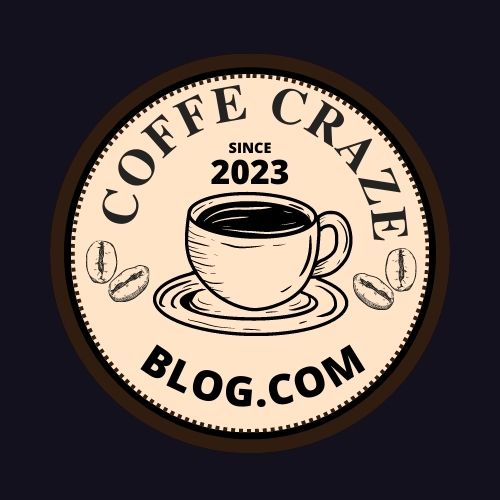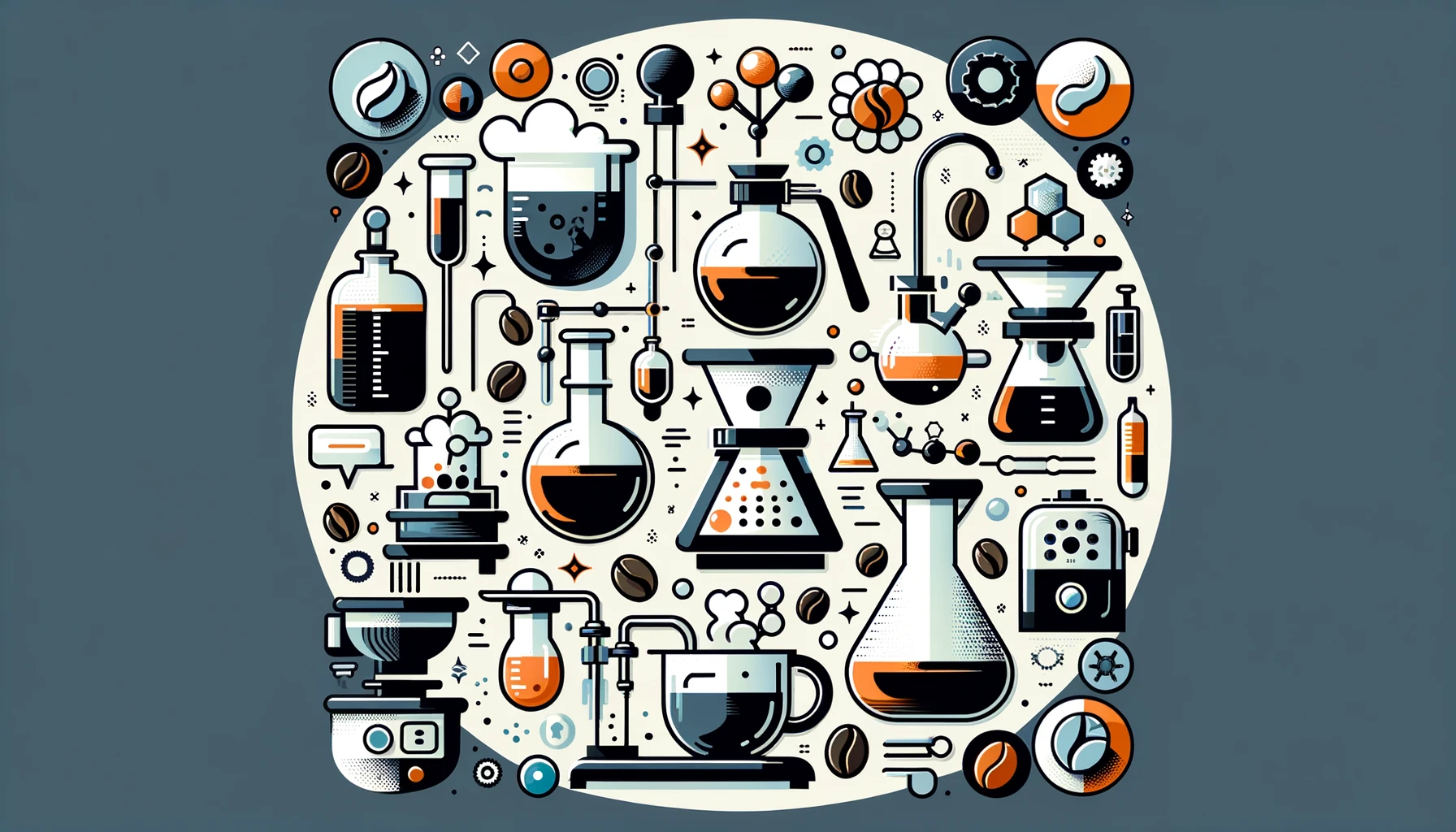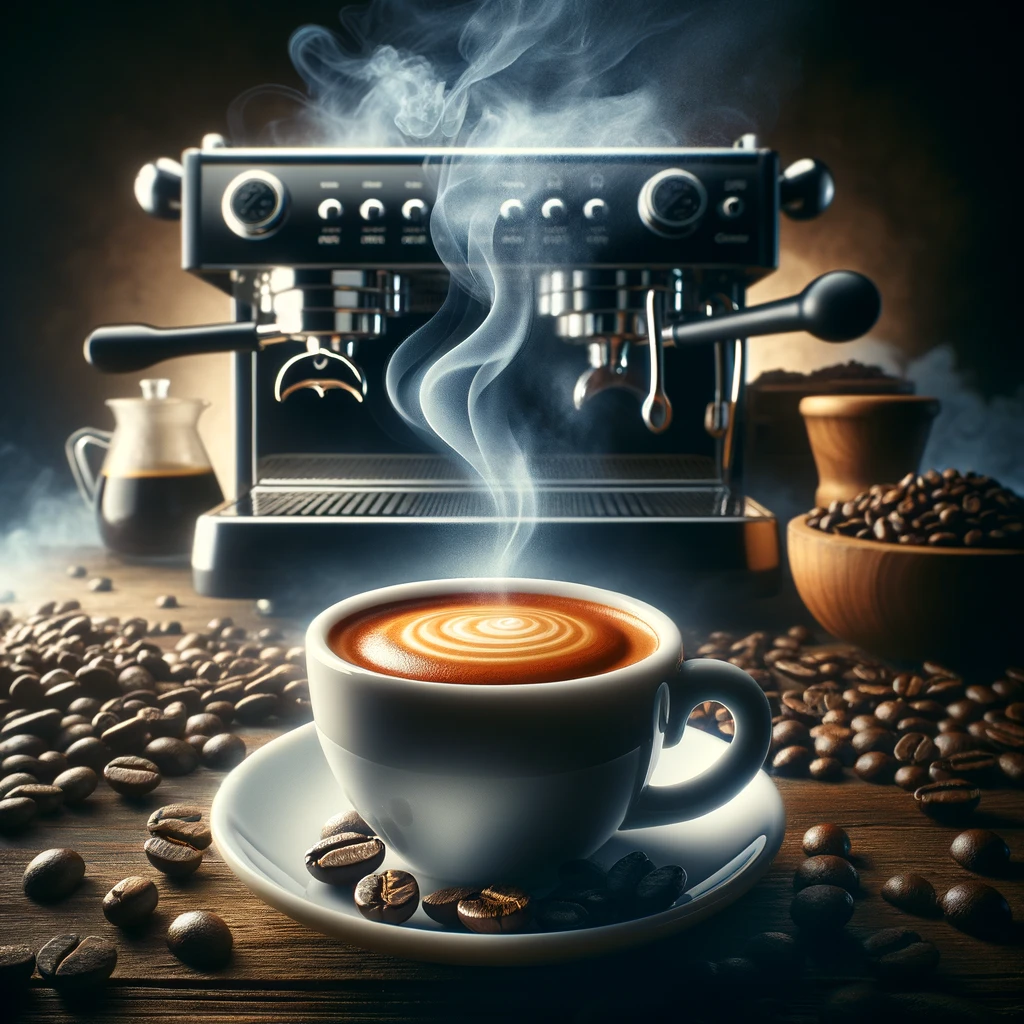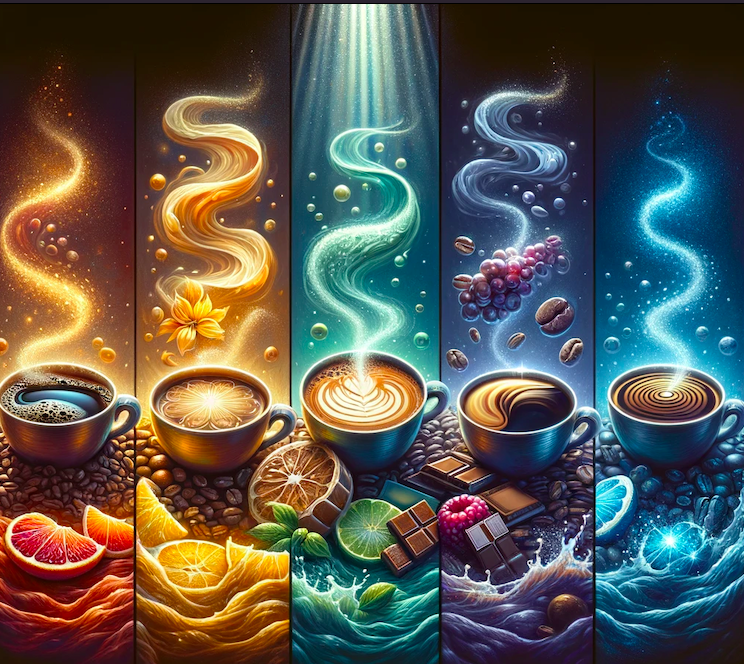This post may contains affiliate links which means I may receive a commission from purchases made through links. Learn more on my affiliate disclaimer.
Introduction
Welcome to the intricate world of coffee brewing, where science and artistry blend in each cup. This journey from bean to brew encompasses complex processes and chemistry, elevating coffee brewing from a daily routine to an artful science.
Key Takeaways
| Aspect | Detail |
|---|---|
| Bean Types & Roasts | Impact on flavor, link to coffee bean origins and flavors. |
| Brewing Methods | Comparison of siphon, pour-over, espresso, etc. |
| Water’s Role | Quality, temperature effects on coffee taste. |
| Grinding | Importance of grind size and consistency. |
| Coffee Extraction Chemistry | Understanding solubles and extraction rates. |
| Advanced Techniques | Cold brewing, Aeropress, and their unique sciences. |
| Troubleshooting | Solutions for common brewing problems. |
The Basics of Coffee Brewing
Coffee brewing begins with the bean. Each bean carries a unique flavor profile, which forms the foundation of the brew’s taste. Understanding where coffee beans come from and how different roasts influence the coffee’s flavor is crucial. This section delves into the world of coffee beans, exploring their origins, varieties, and how the roasting process unlocks their flavors.
Understanding Brewing Methods
The method of brewing significantly impacts the flavor. This section compares various techniques, including the theatrical siphon coffee maker, the precision of pour-over coffee, and the dynamic process of espresso brewing as detailed in the art and science of espresso. Each method’s unique approach to extraction, flavor, and mouthfeel is explored, along with their historical origins and popularity trends.
Water: The Unsung Hero in Brewing
Water plays a pivotal role in brewing. The role of water in coffee brewing extends beyond being a solvent; it’s integral to flavor development. This section discusses how water quality and temperature affect the taste of coffee, backed by scientific studies and expert opinions. The impact of different water types, including hard and soft water, and their effects on coffee extraction and flavor are also covered.
Grinding for Greatness
Grind size and consistency are vital for flavor optimization. This section on grinder settings explains the importance of achieving the right grind size for different brewing methods. It includes expert tips for selecting the right grinder and achieving consistent grind sizes. The relationship between grind size, surface area, and extraction efficiency is explored in detail.
The Chemistry of Coffee Extraction
Here’s a comparison of brewing methods, focusing on extraction time, temperature, and pressure for Siphon, Pour-Over, Espresso, Cold Brew, and Aeropress:
| Brewing Method | Extraction Time (minutes) | Temperature (°F) | Temperature (°C) | Pressure (bars) |
|---|---|---|---|---|
| Siphon | 3 | 200°F | 93.3°C | Atmospheric |
| Pour-Over | 4 | 195°F | 90.6°C | Gravity |
| Espresso | 25 seconds | 200°F | 93.3°C | 9 |
| Cold Brew | 720 (12 hours) | 60°F | 15.6°C | Atmospheric |
| Aeropress | 2 | 175°F | 79.4°C | 1-1.5 |
This table provides a detailed comparison of the brewing methods, including their extraction times, temperatures, and pressures.
Coffee extraction is a complex chemical process. This section elaborates on the extraction of coffee solubles, explaining the science behind achieving the perfect balance of flavors. It dives into the chemistry of coffee, discussing acids, oils, and aromatic compounds, and how these are affected by brewing variables. The power of coffee extraction section includes diagrams and scientific explanations to illustrate these concepts.
Advanced Brewing Techniques
For the adventurous coffee enthusiast, techniques like cold brewing and using an Aeropress offer unique flavors and experiences. This section examines the science behind these methods, discussing variables like time, temperature, and pressure. It also includes tips for experimentation and customization for those looking to explore beyond traditional brewing methods.
Troubleshooting Common Brewing Problems
Even experienced brewers encounter challenges. This section provides solutions for common issues like over-extraction or under-extraction, offering advice for achieving consistent brewing results. It includes tips from industry experts and baristas, as well as troubleshooting guides for specific brewing methods.
Frequently Asked Questions (FAQ’s)
What’s the best water temperature for coffee brewing?
Optimal temperatures vary based on the brewing method, but generally range between 195°F to 205°F.
How does the grind size affect coffee flavor?
Finer grinds result in a stronger extraction, leading to richer flavors, while coarser grinds yield a milder taste.
Conclusion
The science of coffee brewing is a fascinating blend of chemistry, physics, and sensory art. Embracing these elements can transform your coffee experience, turning each cup into a delicious science experiment.





